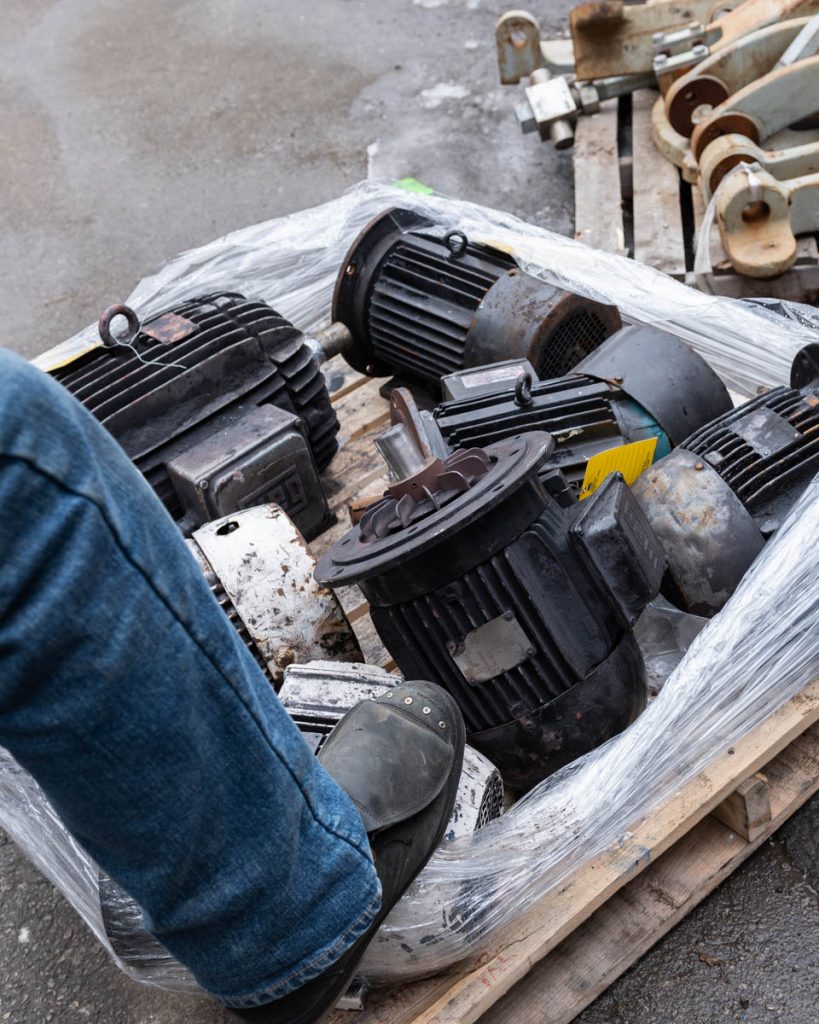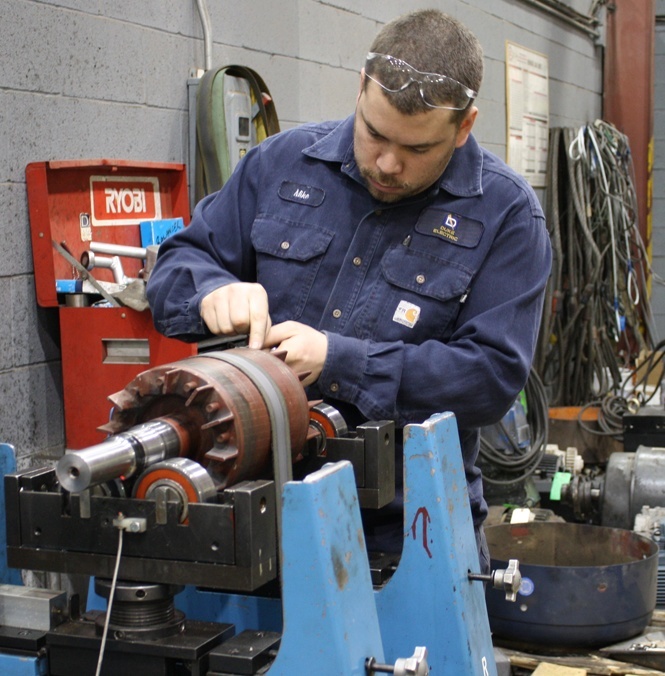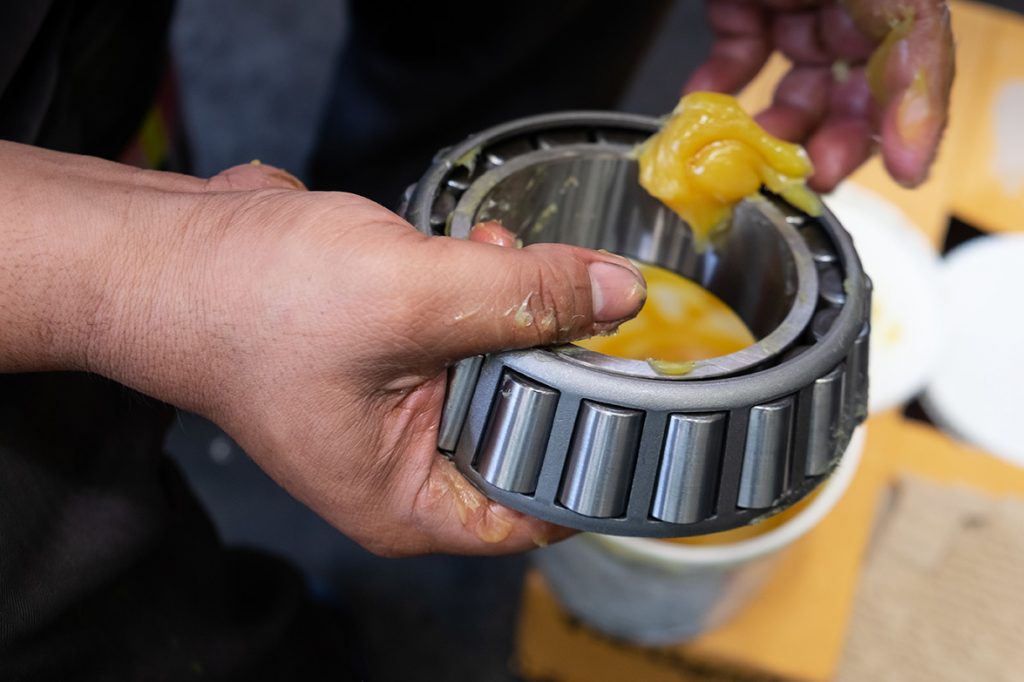Beyond Repair: Where Do Motors Go to Die? January 4, 2022
Sometimes, a motor is not worth fixing. Catastrophic failure occurs and beats up the stator core, windings, rotor, shaft, bearings, or end brackets to the point of no return.
Catastrophic failure occurs when a combination of motor stresses exceeds the design capacity. The most common cause of motor failure is bearing failure, followed by winding failure, something you can read more about here.

When a motor goes kaput, where does it go to die?
You can’t exactly throw a 10,000-pound motor in a dumpster for disposal. Scrapping motors is no easy task, and it is important to recycle motors to reduce landfill, solid waste, and pollution in general.
For the larger motors that Duke deals with, it makes sense to contract with a recycler to remove the burden of a heavily regulated recycling problem and to be compliant with government standards.
How recyclers scrap electric motors
Recyclers generally collect as many electric motors as possible to increase the probability of obtaining precious metals like copper or aluminum. They use a hammer or hammering mill to break the metallic casing of the motor, separate the components, and group them according to their materials. Lastly, the recyclers take the separated parts to their different recycling points and recycle them.
Recycling motors for copper
Recycling motors helps protect natural resources like copper, one of the main components of electric motors and the best non-precious metal conductor of electricity. Many electrical devices utilize copper, which is extremely valuable and costly. Recycling copper is a more sustainable and beneficial option than disposing of it. Recycling also creates job opportunities, boosts the economy, and reduces your environmental footprint.
The bigger the motor, the more copper (or aluminum) content inside. The more copper, the more valuable an electric motor is to a recycler. The market rate for non-ferrous metals like copper sits around $4 USD per pound, so it can be pretty lucrative for sellers given that copper represents around 10-15% of the motor weight. Copper is also considered a reliable leading indicator, where a rising market price suggests strong economic health and vice versa.

Is copper worth the hassle?
Is it worth taking a motor apart to sell the copper alone? It depends. It can be too time-consuming for a bustling shop like Duke given the large sizes of motors we deal with. We’re just too busy rebuilding 50-year-old DC motors, reverse engineering motors, replacing legacy products – the usual stuff.
Is your motor on the fritz? Use our free motor failure decision tool to help you decide whether to repair or replace your busted motor. It takes less than 2 minutes and is validated by the EASA.
We follow our own advice when transporting motors.







